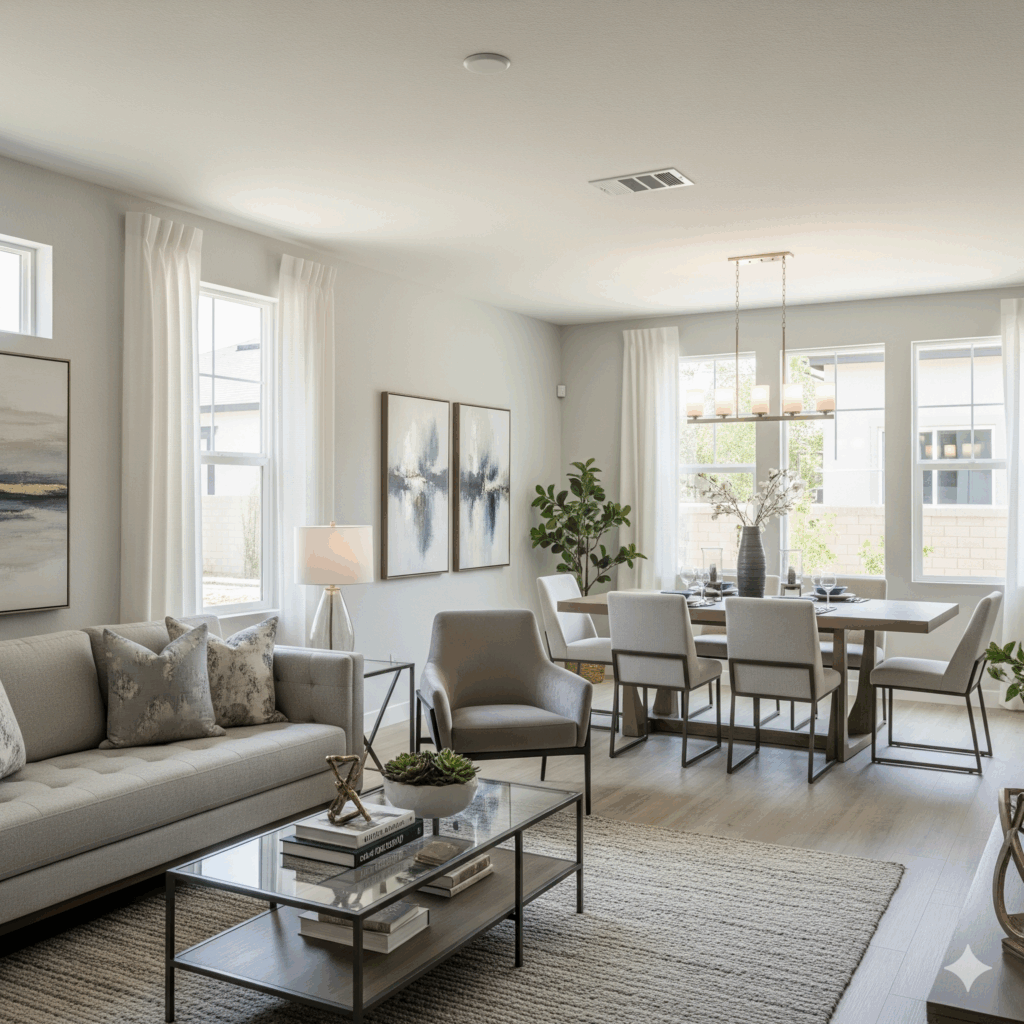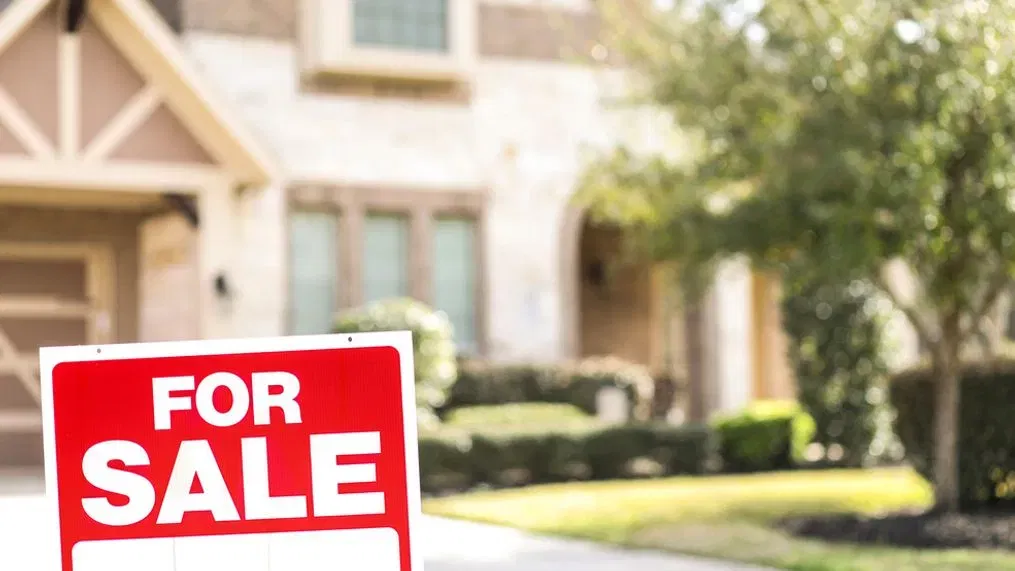The Importance of Home Staging
Selling a home is about more than just listing it on the market. First impressions matter, and buyers often make decisions about a property within minutes of stepping inside. Home staging is the art of presenting a house in its best light to appeal to the widest audience possible. Staging helps buyers visualize themselves living in the space, highlights the home’s strengths, and can even increase its perceived value. A well-staged home doesn’t just sell faster—it often sells for more money.
Start with Decluttering
Before adding decorative touches, it’s essential to declutter every room. Personal items, excess furniture, and unnecessary decorations can distract buyers from seeing the true potential of a home. Clearing countertops, closets, and shelves makes spaces appear larger, cleaner, and more inviting. When staging, think of your home as a blank canvas; the goal is to allow buyers to imagine their own belongings and lifestyle within the space rather than focusing on your personal style.
Deep Cleaning Makes a Difference
A clean home signals care and maintenance, which can significantly impact a buyer’s perception. From sparkling windows to polished floors, a thorough deep cleaning can make your home feel fresh and move-in ready. Don’t overlook hidden areas either—clean baseboards, ceiling fans, and vents to show attention to detail. A spotless home helps create an emotional connection with buyers, increasing the likelihood of an offer.
Enhance Curb Appeal
The exterior of your home is the first thing potential buyers see, so investing in curb appeal is critical. Simple improvements like freshly painted doors, trimmed hedges, vibrant flowers, and a clean walkway can transform the look of a home. A welcoming entrance sets the tone for the interior and gives buyers confidence that the property has been well cared for. Curb appeal doesn’t require a large budget; small, thoughtful touches often have the biggest impact.
Furniture Arrangement and Space Optimization
The layout of furniture plays a key role in how a home feels. Arrange furniture to maximize open space and highlight the flow of each room. Remove bulky pieces that make rooms feel cramped and consider repositioning items to create clear pathways. In living areas, orient seating toward focal points like fireplaces or windows to draw attention to attractive features. Proper arrangement ensures rooms feel spacious and functional, making it easier for buyers to see themselves living there.
Neutralize Colors and Decor
While personal taste is important to homeowners, it can be polarizing to buyers. Neutral colors on walls and decor allow the majority of potential buyers to envision themselves in the space. Soft tones like beige, gray, or off-white create a versatile backdrop for furnishings and accessories. Additionally, neutral decor gives a home a modern, polished feel and prevents distractions that could detract from its overall appeal.
Highlight Key Features
Every home has standout features, whether it’s a large window, a cozy fireplace, or a unique architectural detail. Staging should emphasize these selling points rather than hiding them. Use lighting, furniture placement, and decorative accents to draw attention to these elements. Highlighting features helps buyers connect with the home and appreciate its value, increasing the likelihood of an offer.
Add Inviting Accessories
Thoughtfully placed accessories can make a home feel warm and welcoming. Fresh flowers, plush throw pillows, and tasteful artwork can enhance the ambiance without overpowering the space. Simple touches like a bowl of fresh fruit in the kitchen or neatly arranged towels in the bathroom can create a sense of lifestyle that buyers aspire to. Accessories should be minimal but meaningful, adding charm and personality while keeping the home universally appealing.
Maximize Natural Light
Bright, airy spaces are more appealing to buyers than dark or dimly lit rooms. Open curtains, clean windows, and use strategically placed mirrors to reflect light and make spaces feel larger. Consider updating light fixtures or adding lamps in darker corners to enhance the overall brightness. Natural light not only makes a home feel inviting but also helps buyers see the property in the best possible way.
Depersonalize the Space
While it may feel strange to remove personal touches, depersonalizing a home is crucial for staging. Family photos, personal collections, and religious or political items can distract or alienate buyers. By creating a neutral environment, buyers can more easily picture themselves living in the home. Depersonalization is about creating a space that appeals to the largest audience possible, helping the home sell faster and often for a higher price.
Professional Photography
Once a home is staged, professional photography is key. High-quality photos are often the first impression buyers have when browsing listings online. Well-lit, sharp images that showcase the home’s best features can significantly increase interest and drive more showings. Investing in a professional photographer is a smart step that complements the staging process and helps your property stand out in a competitive market.
Conclusion
Staging a home is both an art and a strategy. It involves decluttering, deep cleaning, thoughtful furniture arrangement, neutral decor, and highlighting key features to create a welcoming environment for potential buyers. Proper staging not only makes a home more appealing but can also speed up the sale and increase the final offer. By investing time and effort into staging, homeowners maximize the value of their property and create a lasting first impression that resonates with buyers. In today’s competitive real estate market, a well-staged home is often the difference between a listing that lingers and one that sells quickly and successfully.





